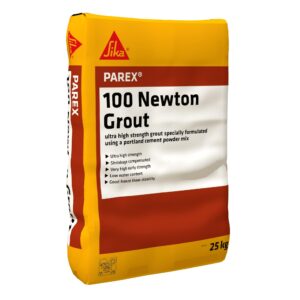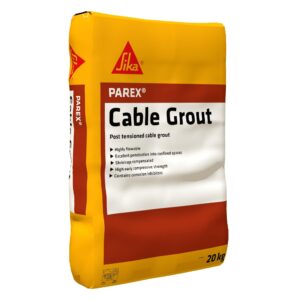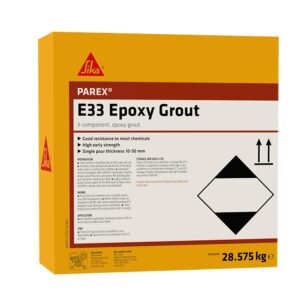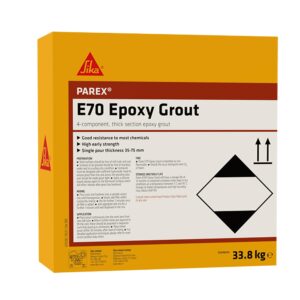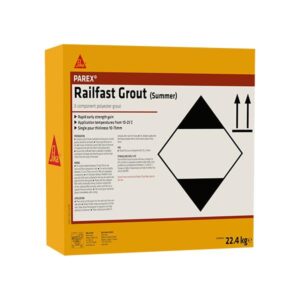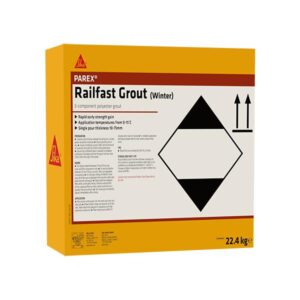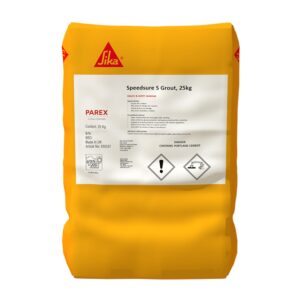What is railway maintenance?
Railway maintenance refers to the upkeep of railway tracks, bridges, tunnels and viaducts. With the railway system acting as a key method of transportation in the UK, it’s important that railways are properly maintained to allow for the continuous operation of train services. Otherwise, a trainline fault could cause major disruptions for passengers all over the country.
What are the different types of railway maintenance?
There are three different types of rail track maintenance, which all contribute to the consistent running of rail services.
- Reactive maintenance. Reactive maintenance is the quick response that’s required to resolve a fault. This type of maintenance can only be completed once an issue occurs and usually requires an emergency response team to be sent out. The faster faults are identified, the faster passengers can continue their journeys.
- Preventative maintenance. Preventative maintenance involves careful monitoring of the conditions of rail tracks. This form of maintenance can create a more reliable rail network, with any potential faults being identified prior to failure. The more thorough the maintenance work is, the less likely it is that a problem will occur.
- Predictive maintenance. Predictive maintenance is a way of keeping track of the age of rail structures and service equipment, predicting when they will require repair or replacement. Through consistent analysis, the lifetime of infrastructure can be forecast and required maintenance can be scheduled, avoiding unexpected impacts to services.
What are common maintenance requirements on railways?
Despite the best efforts of railway workers, there are a number of maintenance tasks which regularly need to be completed to keep the network up and running.
- Concrete repair. Underground railway tunnels require frequent monitoring and maintenance. As with all concrete structures, corrosion and cracking will gradually start to form, affecting the safety of the underground rail network. With the use of a rapid-setting concrete, such as Parex TecFast Concrete, repairs can be quickly completed so that the tunnels can reopen in under an hour.
- Anchor strengthening. Rail anchors are responsible for preventing longitudinal movement of the rail. To ensure these anchors remain fixed in position, a selection of high-strength applications can be used by rail workers. Parex Tecgrip V is a popular product for rail track maintenance and forms a corrosion-resistant anchor for fixings.
- Plate reinforcing. Rail plates are part of the fastening system for railroad ties. Exposed to constant movement and vibration from passing trains, rail plates can be quickly damaged. As part of preventative maintenance work, rail workers are now using vibration-resistant materials, such as Parex E33 Epoxy Grout, to increase the durability of rail plates.
Where to buy railway maintenance materials?
Rail track maintenance requires a wide range of advanced materials with specific properties, including vibration resistance and corrosion resistance. Fortunately, Parex have developed a range of “industry standard” railway supplies, which have been approved by the London Underground. From high-strength concrete to rapid-setting mortar, all of the products manufactured by Parex have been specially formulated to meet the needs of the time-sensitive rail industry.
If you place an order before midday, it will be processed the exact same day, ensuring your railway materials are with you as quickly as possible.
Get in touch with PX Store
At PX Store, we are considered specialists in the application of railway supplies and are on hand to advise on the most suitable products to use. If you can’t find the exact material you were looking for, feel free to get in touch with our team.

